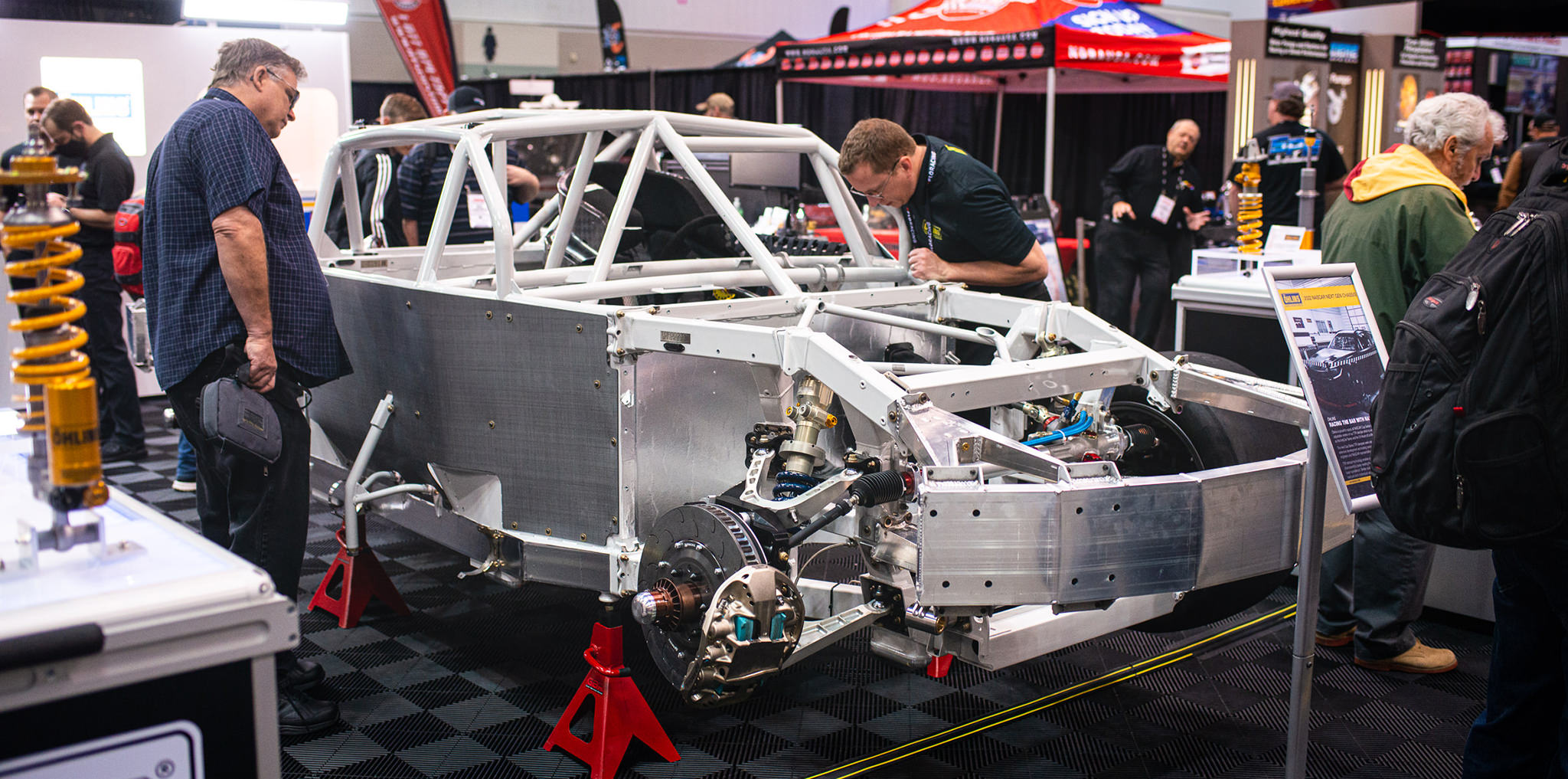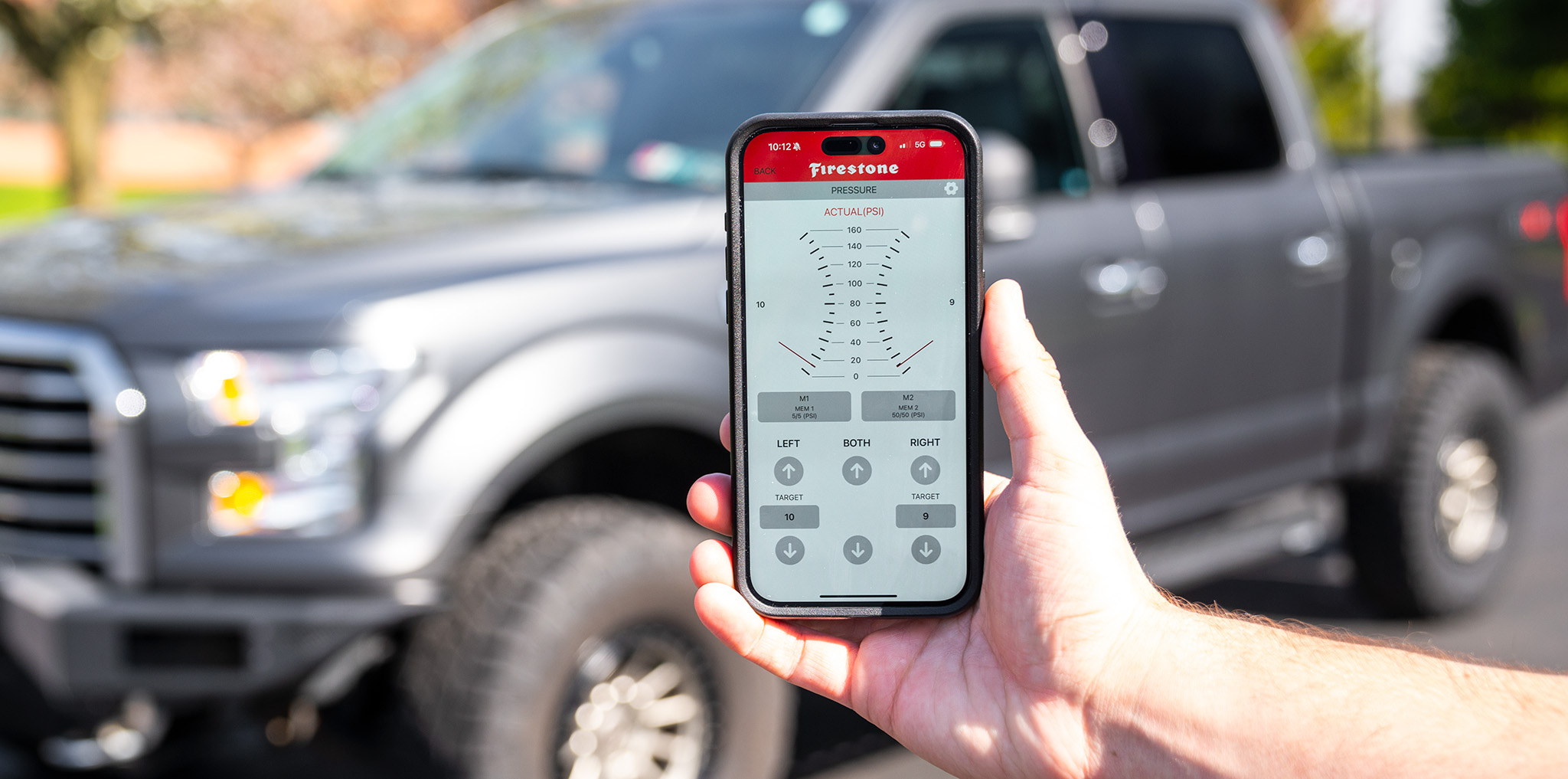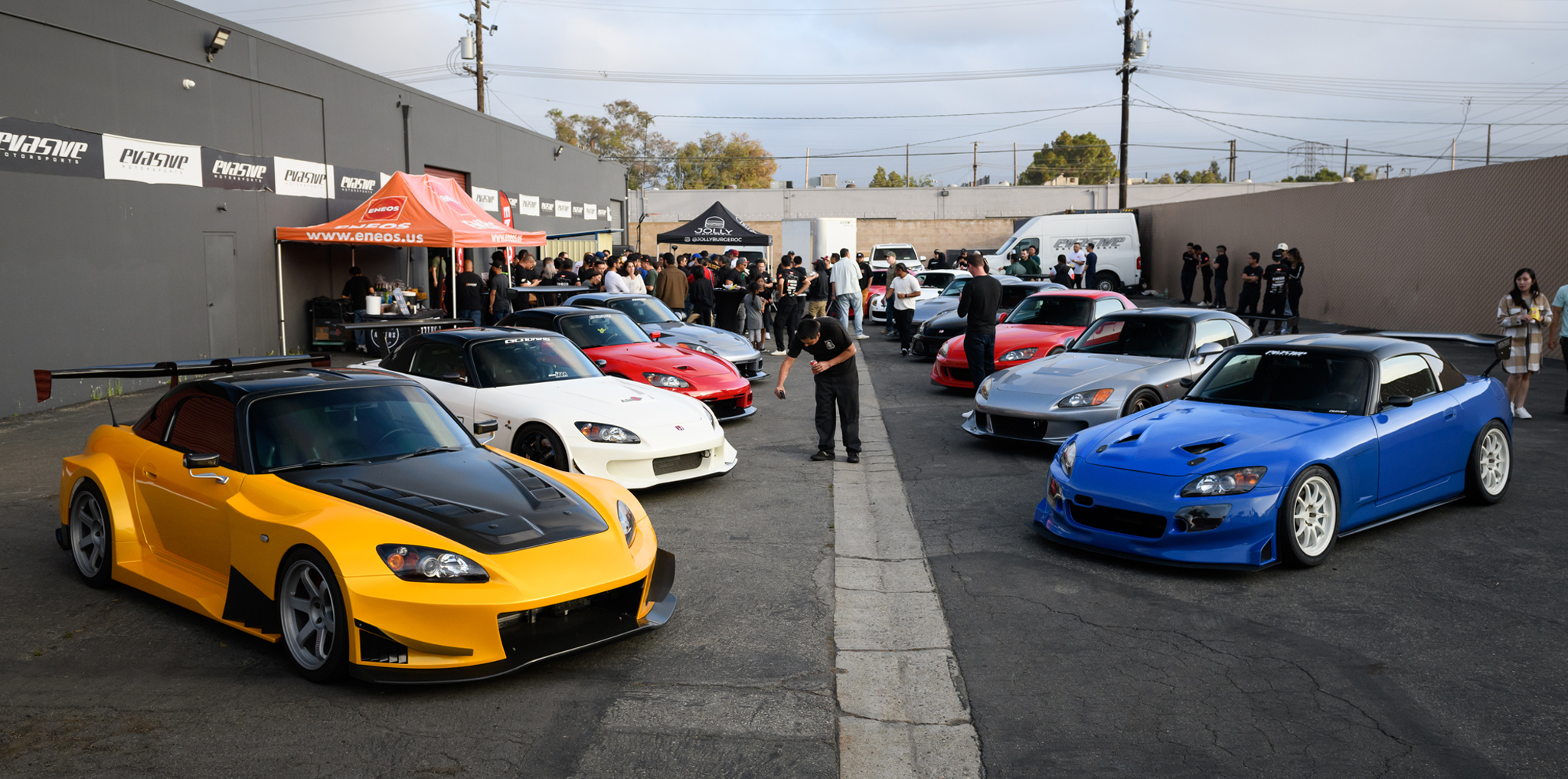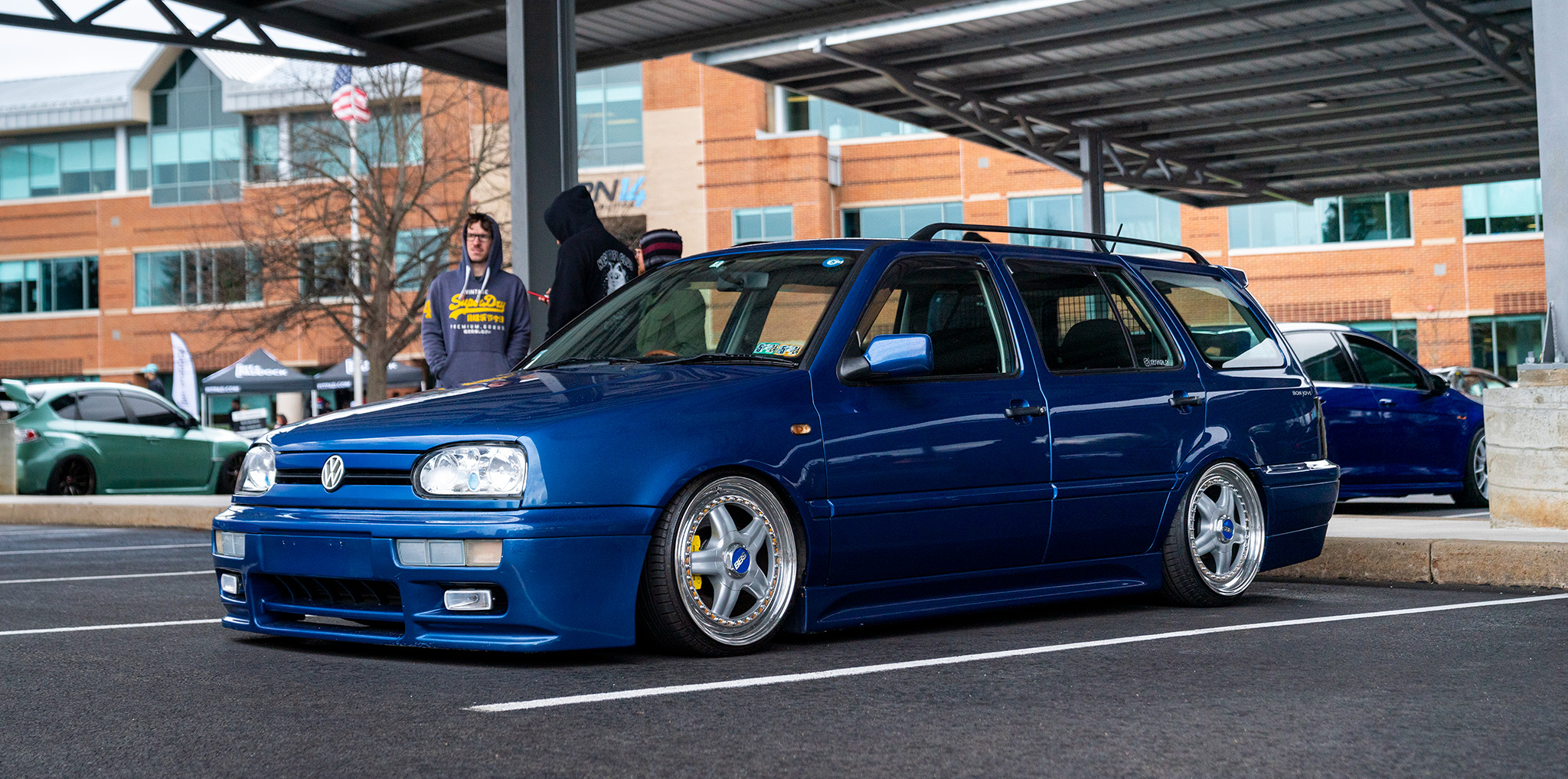- Currently, in its seventh generation, the NASCAR Cup Series uses its new Next Gen car.
- Revamped regulations ushered in new cars and exciting racing in 2022.
- Bordering on publicity stunts and potentially kitschy racing locations like the LA Coliseum football stadium are part of the game.
- You might even see a NASCAR blitzing the Porsche Curves at Le Mans this year under the Garage 56 grid slot.
In 2023, everyone is telling everyone what to watch or what series they just finished. As our title states, we’re here to tell you that NASCAR is the televised motorsport series you’ve been sleeping on. Surprising as it may seem, we hope you at least have an inkling to watch a race or two by the time you’ve finished reading today’s article. The series is changing; it’s heading in a new direction, and what better way to grow with it than to get in on the ground floor? Follow along, and we’ll enlighten you on four magical reasons you will love the NASCAR Cup Series in 2023.
THE CARS ARE COOLER
In a past article from the 2021 PRI Show, we dipped into this a little, but the cars are newer, more contemporary, and more relatable than in recent periods. Sure, they’re not quite a modern technological marvel like cars in the World Endurance Championship (WEC) or Formula One. Yes, the facade of Toyota’s Cup chassis being a Camry is still a farce. However, NASCAR has improved the car and racing over former regulations. The organization’s rulebook overhaul for 2022 brought with it the introduction of the Next Gen car, a chassis redesigned from the ground up.
Previously, Cup teams had parts manufacturers working long, expensive hours to finely tune each piece of their cars. This privatized use of team resources creates a performance gap between wealthy and not-so teams. The competitive element of racing will suffer if a team’s funding allows them an inherent advantage over others. To remedy this with the Next Gen, NASCAR contracted some of the automotive aftermarket’s finest brands to develop spec parts for all teams in the series. BBS now supplies the Cup cars with 18-inch center-lock aluminum alloy wheels, Öhlins created 5-way adjustable TTR dampers, and Xtrac Limited’s sequential five-speed transmission transfers the power. Think about it, the same companies making some of our favorite motorsport-derived street car parts are now circling Daytona at 200mph on a NASCAR; it’s a special time.
THE RACING IS CLOSER
If you follow Formula One — where innovation coincides with regulation changes — landslide victories are part of the game. One team nails the new regs, and others struggle to adapt and keep up all season long. It’s exciting, at first, to see the different innovations, but it gets stale when the same person wins for years. As a viewer, you question your loyalty, which can get worrisome. Fear not because, with the introduction of the contracted spec parts in NASCAR, the 2022 season saw 19 different winners. It tied an all-time record for a single Cup season. In these early years, setup and adjustment are the key factors that separate a good team from a great one — not rulebook loopholes, yet. This learning phase of the new car provides close, unpredictable racing, and it’s so enjoyable to be surprised each weekend.
NASCAR also introduced its knockout portion of the season, called The Playoffs, several years back. Its necessity is still an often-debated element of the racing series, but there is no question that it has produced some outstanding racing and oddball finishes; Ross Chastain’s video-game-esque move in the dying moments of the 2022 Martinsville race comes to mind. Where else can you see a knockout-threatened driver lay it all on the line — rendering the car destroyed after the finish — to stay in the championship? Tough to say.
THEY KEEP IT FUN
Some call it a publicity stunt, distracting, excessive, or just plain dumb, but NASCAR thinks it’s all part of the deal. The series is not afraid to take risks, hosting races in unlikely locations with unlikely conditions. These variables call into question which driver will adapt and conquer. Take last year’s Clash at the Coliseum, for example. The series shelled out “significantly more than $1M” to transform the LA Coliseum football stadium into a paved quarter-mile oval track (and then rip it all up right after). It wasn’t the most exciting race, but enjoyable and unquestionably different. I appreciated seeing the same cars that attack ovals at 200mph get to race in a football stadium. But NASCAR wasn’t done there.
Bristol Motor Speedway is a regular season stop on the calendar — what the series refers to as “short track racing”. Except, last year, the company covered the entire half-mile asphalt circuit in dirt, strapped some treaded tires on the cars, and let the good ol’ boys duke it out. With many of the series’ drivers coming from dirt racing backgrounds and the sanctioning body’s roots buried in it, I loved the audacity to incorporate it into a points-paying round. Most professional racing series wouldn’t even think of doing something so unusual, or it would be held as a rather dull, non-competitive exhibition race if anything. Not NASCAR.
When these unique experiences return in 2023, they will accompany an inaugural Chicago street circuit. With hopes of attracting a new demographic in a new region, NASCAR becoming an Australian V8 Supercars cover band for one round is sure to bring some new excitement. I’m already imagining the sound of the cars echoing through the streets.
NASCAR GOES TO LE MANS
Last but most certainly not least, NASCAR is going to the 24 Hours of Le Mans in 2023 using a Chevy Camaro ZL1 Cup car. Competitive, probably not. Exciting, definitely. A joint entry from Hendrick Motorsports, NASCAR, Chevrolet, and Goodyear will enter the race under the experimental Garage 56 grid slot. Former entries of Garage 56 fame include the fabled Delta Wing, the Green GT H2 hydrogen-powered racecar, and a fully-electric Nissan ZEOD RC. It’s these experiments that push innovation further in a motorsport environment. The current American application provides invaluable data to Chevrolet and Goodyear while developing future advancements for NASCAR.
The Le Mans entry is a highly modified version of the seventh-generation Next Gen car. Powered by a 5.8-liter V8 with a 40hp electric motor, the hybrid regenerative powerplant is just the beginning of all the differences from a standard Cup car. The headlights on the Camaro are actual headlights (with fog lights to boot). Despite potential disadvantages to its on-track competitors, aero treatments on the Camaro’s body are less aggressive than a comparable GT sportscar entry. But crucially, this keeps ties to the stock car racing aesthetic alive. In its first endurance testing at Daytona recently, it completed lap times comparative to the GTD class. I think that’s promising.
So, who is piloting such a wildly untraditional vehicle at the famous 24 Hours of Le Mans? Former Formula One World Champion Jenson Button is teamed up with seven-time NASCAR Cup Series champion Jimmie Johnson and former 24 Hours of Le Mans winner Mike Rockenfeller.
It’s truly an all-star cast of drivers, and while it will “compete” in an exhibitive manner, it’ll still be fun to watch — much like the rest of the 2023 NASCAR Cup Series season.










































